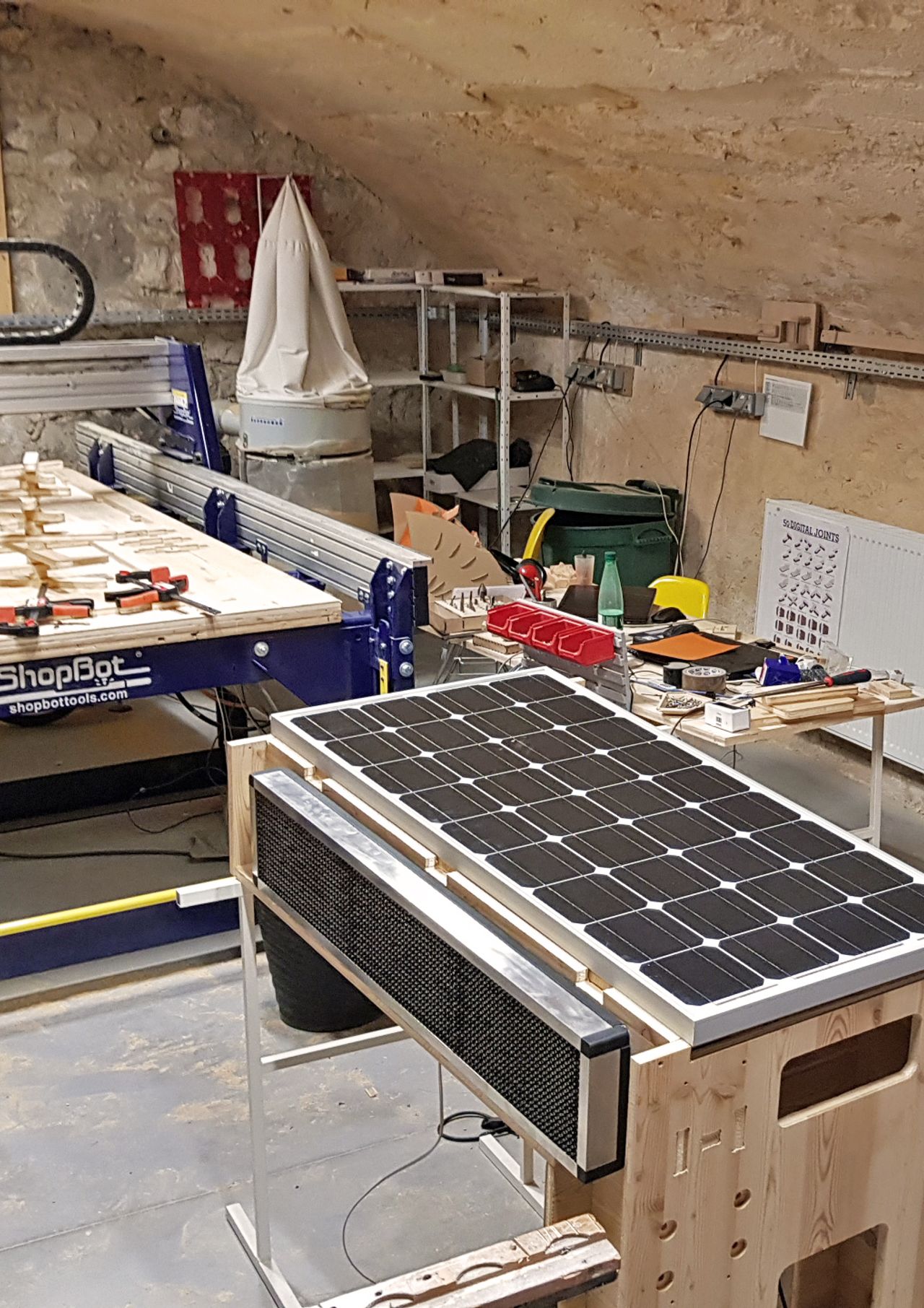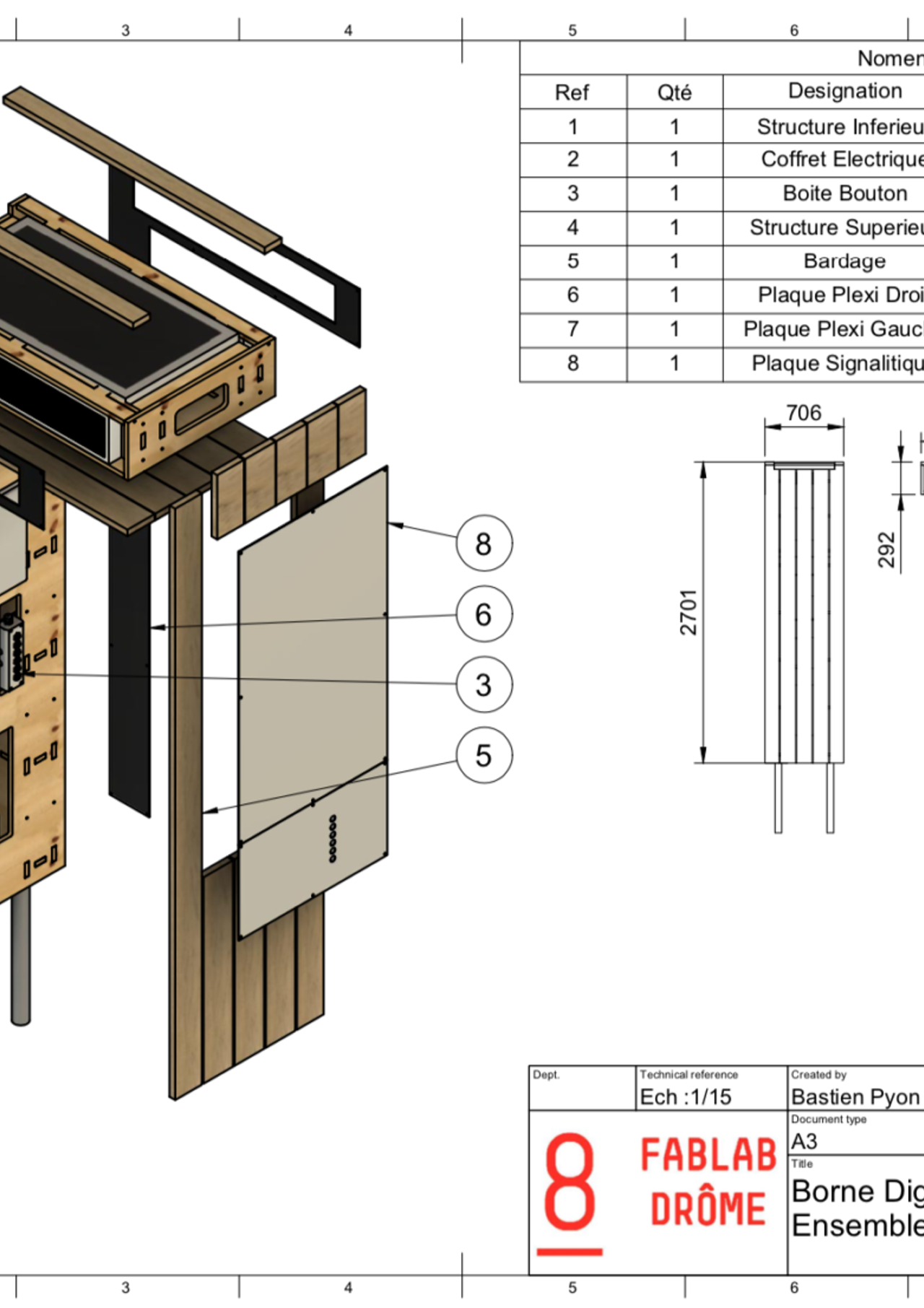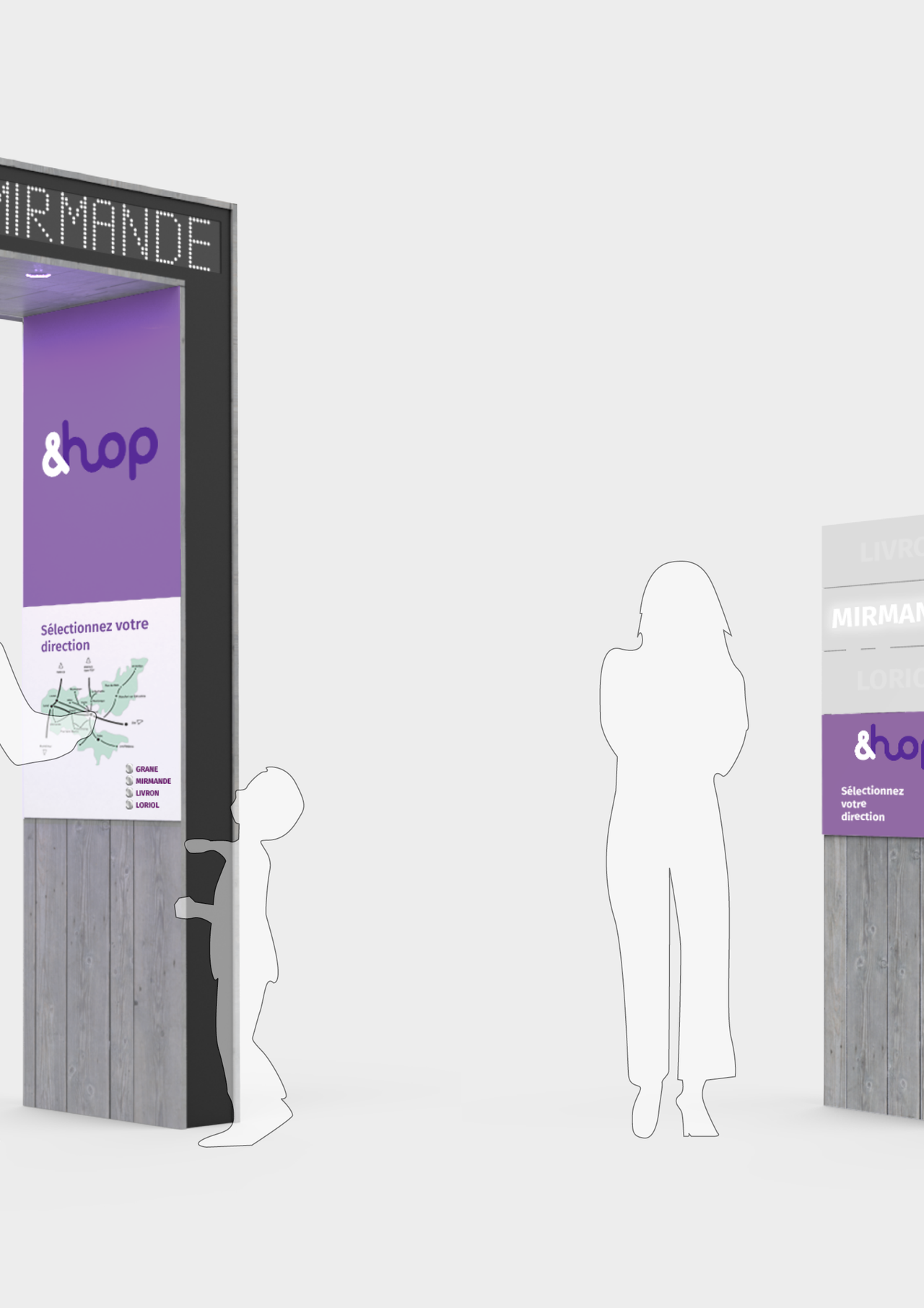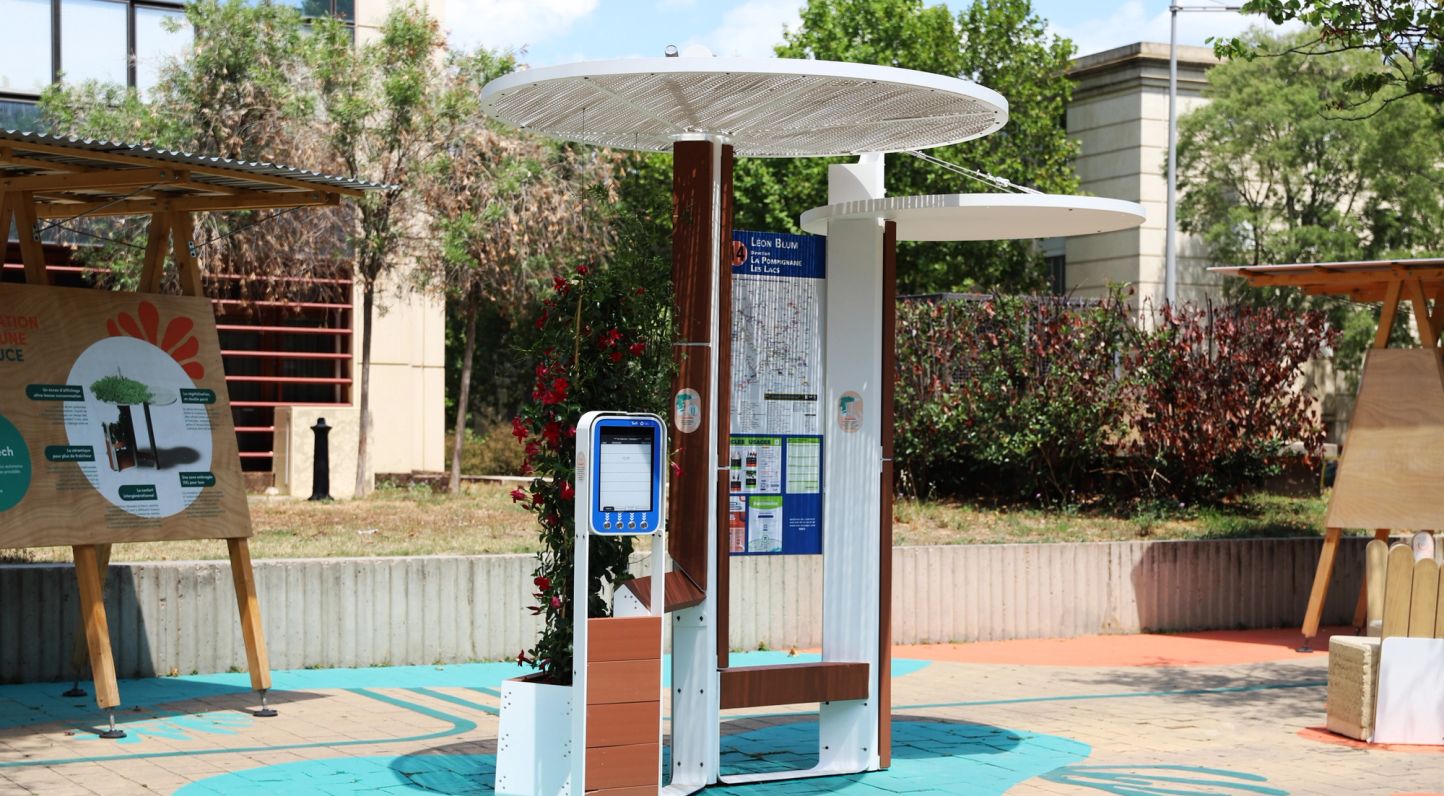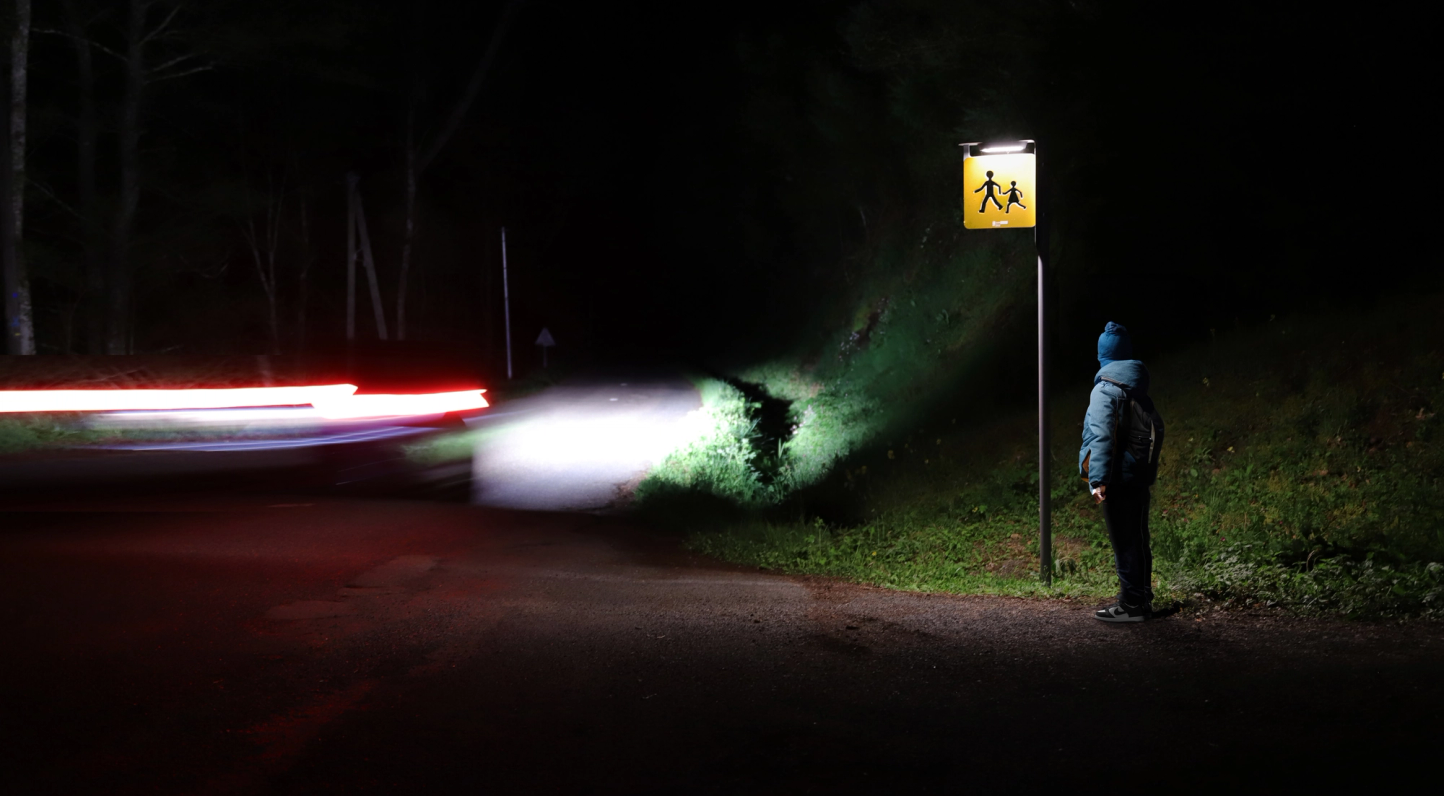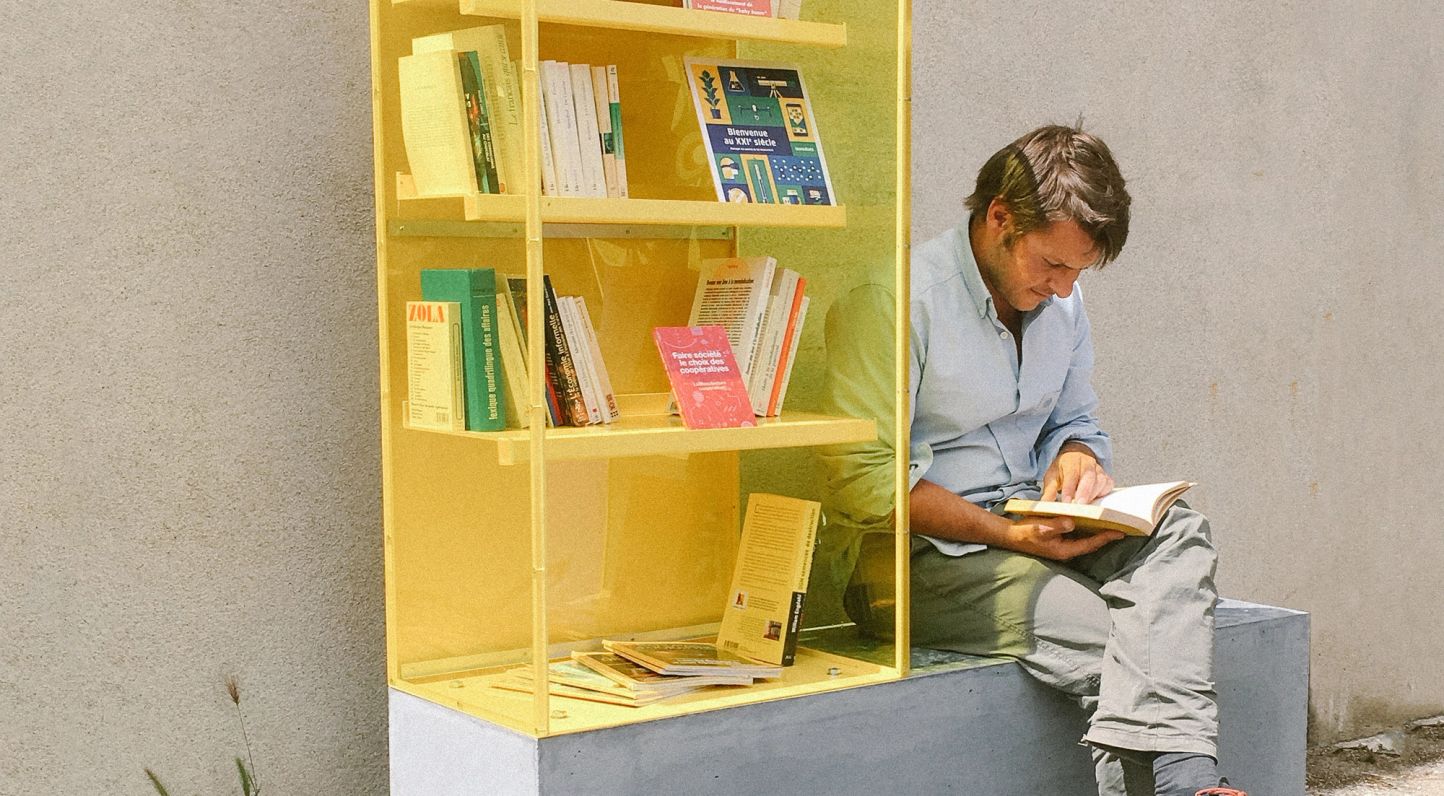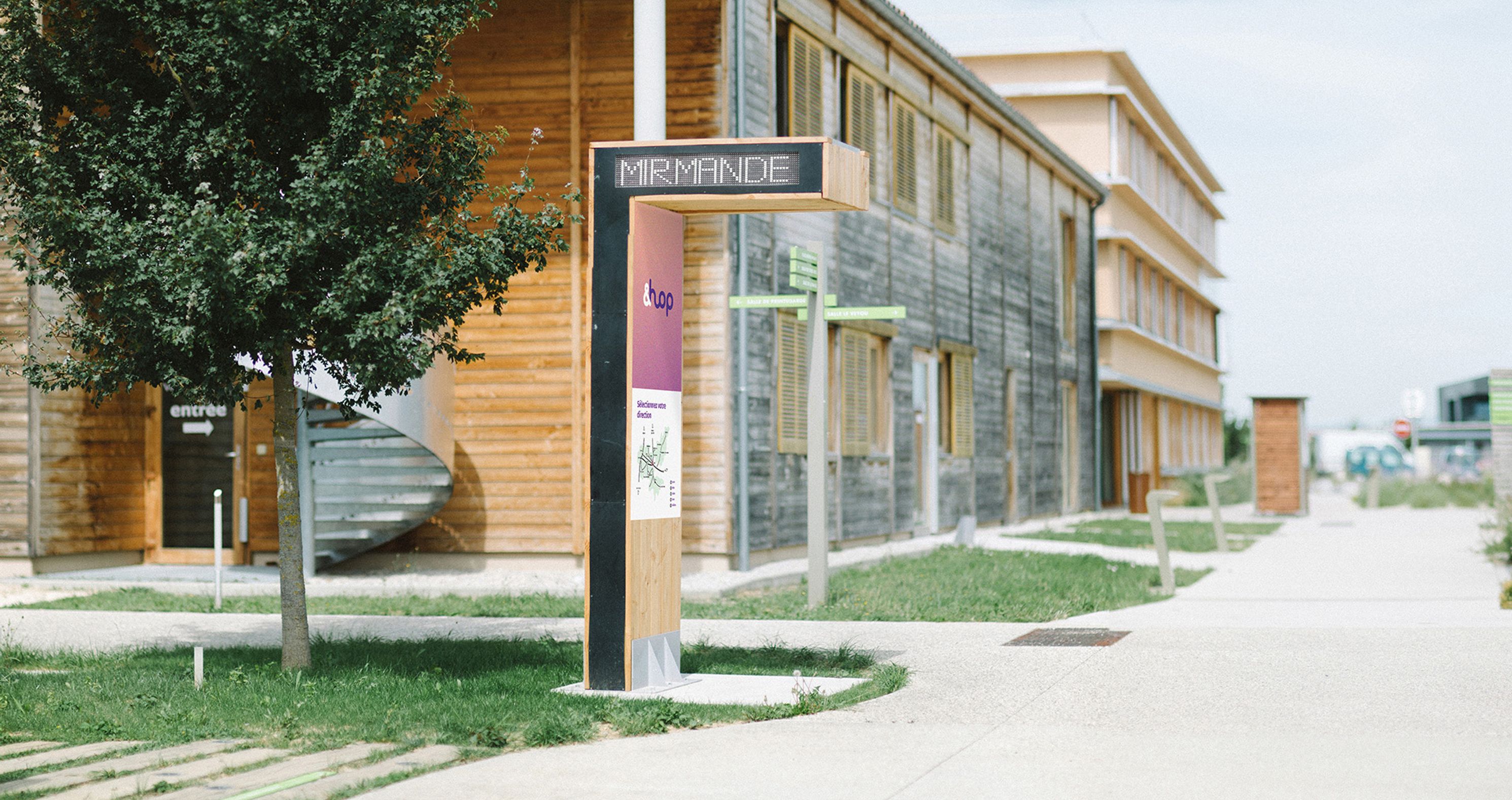
Reinventing mobility in Biovallée
01.Brief
The aim is to promote sustainable mobility by reducing the need for a second vehicle in households and enabling a fulfilling social life without personal cars. The objectives include combating solo driving, reducing air pollution, enhancing social cohesion, and creating a replicable model for other regions.

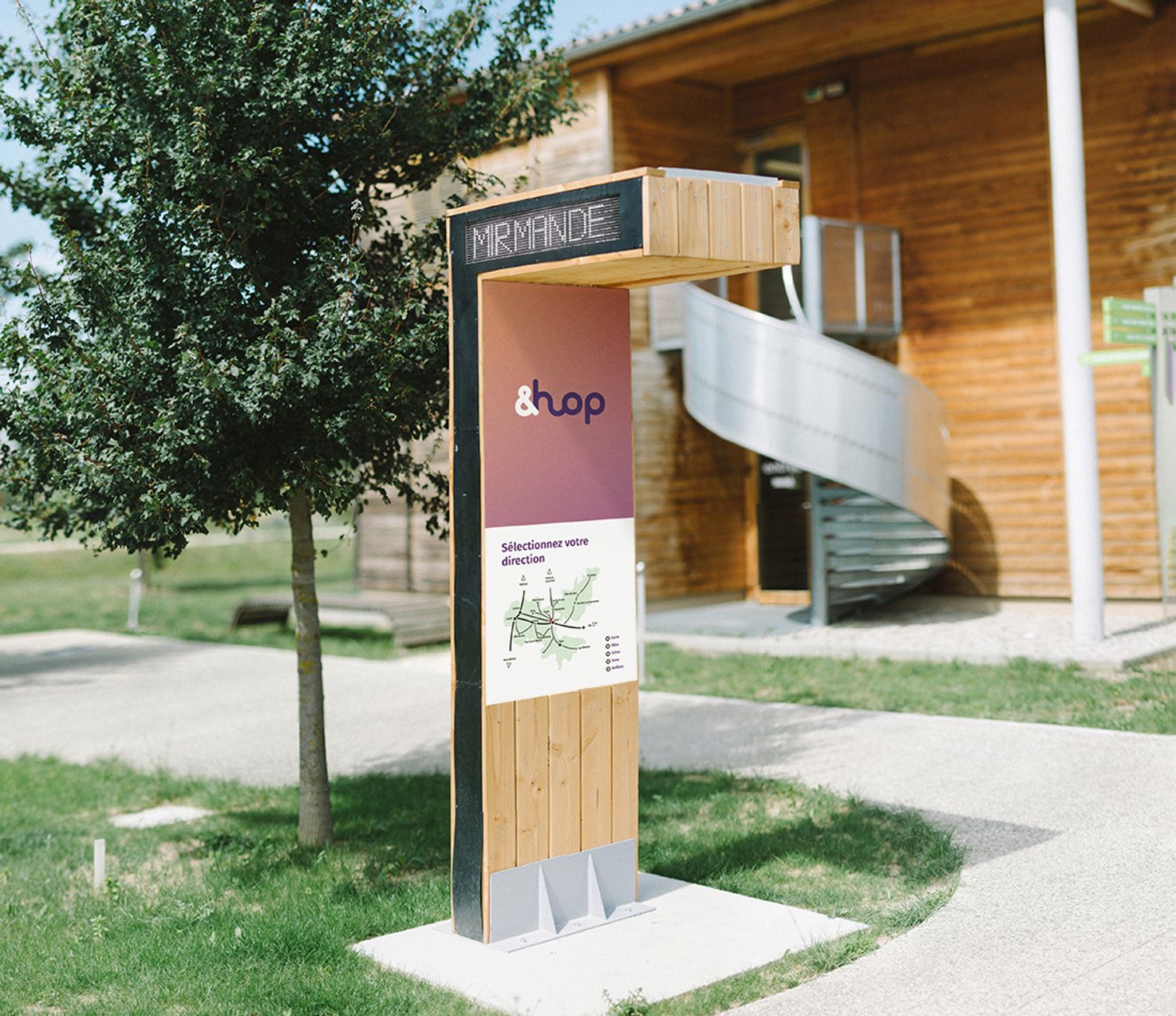
02.Design thinking
A diverse working group was assembled to design mobility solutions tailored to the local context. Thirteen interviews with potential users helped to understand their expectations and the challenges they face in reducing reliance on their personal vehicles.

03.Needs Analysis
The group identified several key challenges:
- Critical mass: A minimum number of users is required to ensure the service's success.
- Safety: Ensuring both physical and psychological security for users.
- Comfort: Guaranteeing that users arrive at their destinations on time.
- Economic model: Ensuring the financial sustainability of the project.
04.Ideation and Design
Creative workshops generated a wide range of ideas, which were later refined into a cohesive solution. The project envisions making hitchhiking a reliable mode of transportation by focusing on interactions between drivers and passengers, as well as integration with other modes of transport.
05.Solution Development
A prototype mobile app was created to facilitate trips, complemented by mobility stations. These stations, designed with eco-friendly materials and sustainability in mind, are solar-powered and easy to relocate. User testing was conducted to fine-tune the overall user experience.
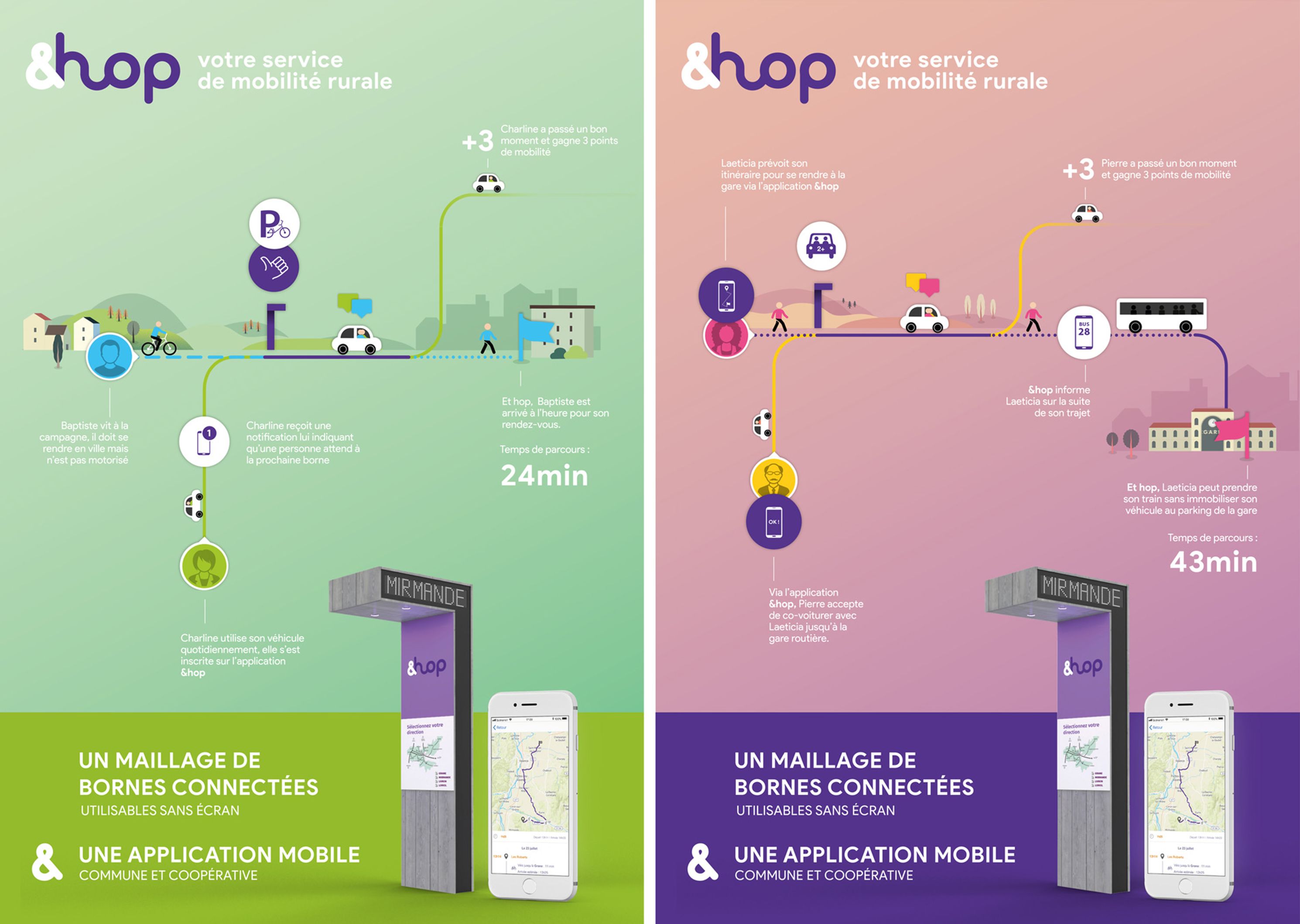
Results
Positive impact
By optimizing the use of vehicles already in circulation, we offer a mobility solution where it does not exist, while reducing the number of cars in circulation in the territory.
Simplicity
La solution s'appuie sur l'autostop et l'usage du numérique - un combo gagnant sans déployer de grands moyens.
Satisfaction
Le service de mobilité se positionne comme le tiers de confiance manquant entre l'automobiliste et le voyageur. C'est la clef de l'acceptation de ce mode de transport.
